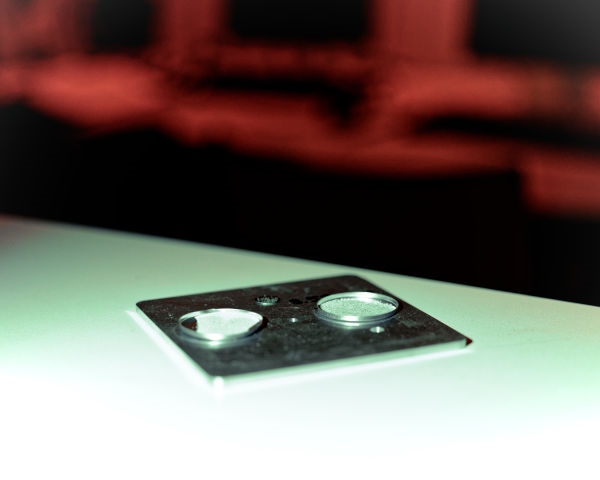The Luminescence Laboratories were established in 1986 and have extensive facilities for luminescence research and applications including thermoluminescence (TL) and optically stimulated luminescence (OSL) dating and detection of irradiated foods. The laboratory developed EN1788 and EN13751 methods for detection of food irradiation, has a database of more than 22,000 analyses.
Luminescence dating applies to a wide variety of heated (ceramic and lithic) and sedimentary materials covering the age range from 1-106 years, with important applications to archaeological and geoscience research. Instrumentation for food analysis (Pulsed Photostimulated Luminescence) and sediment characterisation (portable OSL readers) have been developed and supplied to laboratories worldwide.

Get in touch: Prof David Sanderson
Projects
Full listingsTechniques & Technologies
SUERC TL Readers
measure separated mineral samples for food analysis (EN1788), materials characterisation and environment dosimetry
SUERC PSL Spectrometers
characterise excitation and luminescence properties of irradiated materials
SUERC Laser Scanning OSL Systems
studying heterogeneous microdosimetry of natural materials, direct images of optically bleached rock slices for surface exposure dating
Luminescence systems for TL/OSL dating
3 Risoe DA15/DA20 TL/OSL readers including single grain facilities
SUERC PPSL Systems
EN13751 screening of irradiated foods used by both regulatory and food supply sectors
SUERC portable OSL readers
to characterise archaeological and environmental sediment sequences to help understand formation processes
Hitachi S3400N Scanning Electron Microscope with Oxford INCA EDS system
provides information on shape, size, texture and composition and uniformity of quartz, feldspar and polymineral separates

